Best Places to Visit in Missouri

Searching for the best places to visit in Missouri? Well, you are in the right place! This state might not always make the top of people’s travel lists, but I found Missouri to be a quiet gem while we road tripped for three weeks. With rolling Ozark hills, serene rivers, historic towns, and those famously wide-open skies, it’s a place that rewards slower exploration. On my four weeks of road tripping through Missouri, these were the places that left the biggest impression on me, and I hope you enjoy them too.

1. St. Louis - 4 Hours from Kansas City, MO
The city was beautiful with its leafy, brick-lined neighborhoods, stately 19th-century townhouses, and grand civic architecture anchored by the shimmering Gateway Arch. For me, it's one of the best places to visit in Missouri. Why? Between the Mississippi Riverfront parks, lively cultural districts, and tree-shaded boulevards, St. Louis has a sense of history, charm, and urban sophistication.
After a quick flight into Lambert Airport and a short ride downtown, I arrived in a place that felt both timeless and alive, where the echoes of riverboat days blended seamlessly with jazz rhythms, inventive cuisine, and a proud baseball spirit.
During my two nights at the 4-star HoteLumière at the Arch, I explored the world-class St. Louis Art Museum in sprawling Forest Park for two hours, admired the mosaics inside the Cathedral Basilica, toured the stately homes of Lafayette Square, and wandered around the Soulard neighborhood for an hour. I found it was rich with blues clubs, farmer’s markets, and old-world brick architecture. Missouri Botanical Garden is another highlight in the spring time!
One of my absolute highlights was visiting the World Chess Hall of Fame in the Central West End — an inspiring, beautifully designed space filled with artful chess sets, exhibits celebrating grandmasters, and even a record-breaking 20-foot king outside.
- Location: Eastern Missouri along the Mississippi River, near the border with Illinois
- Map & Directions
What I loved best:
Exploring the Missouri Botanical Garden was a highlight for me, alive with summer blooms and shaded pathways.
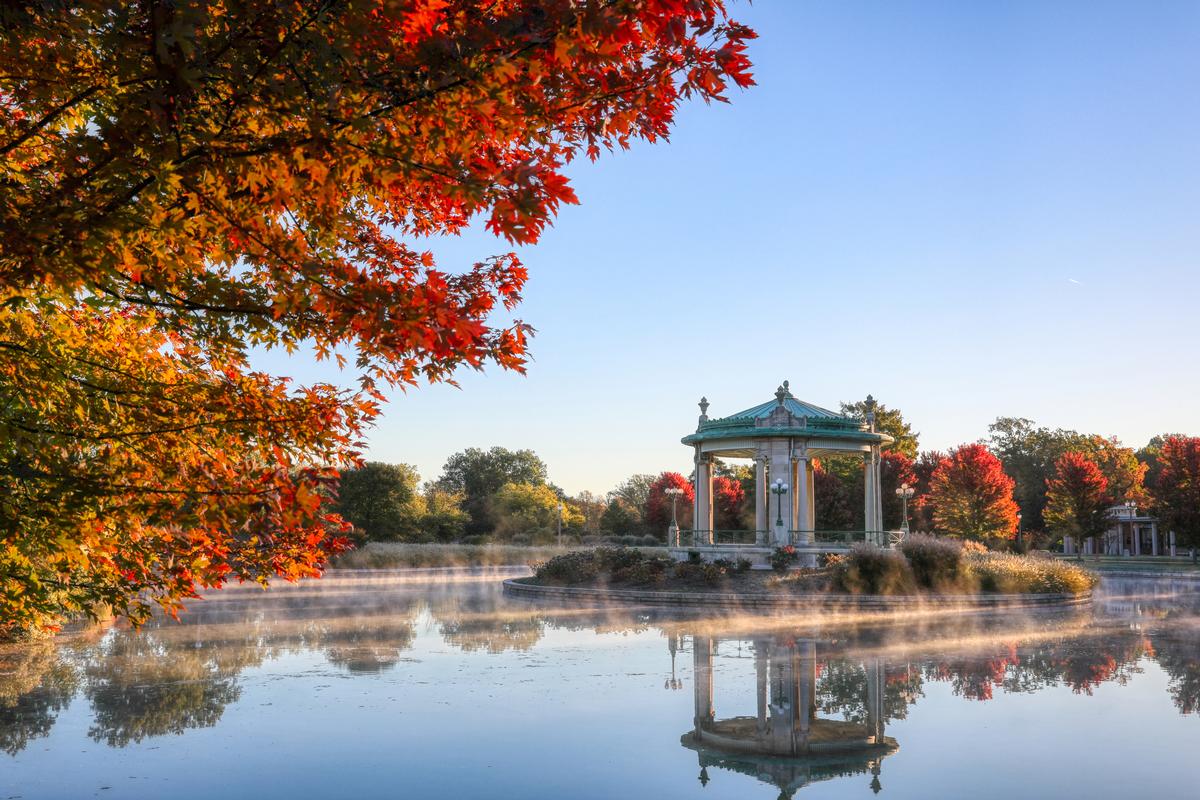
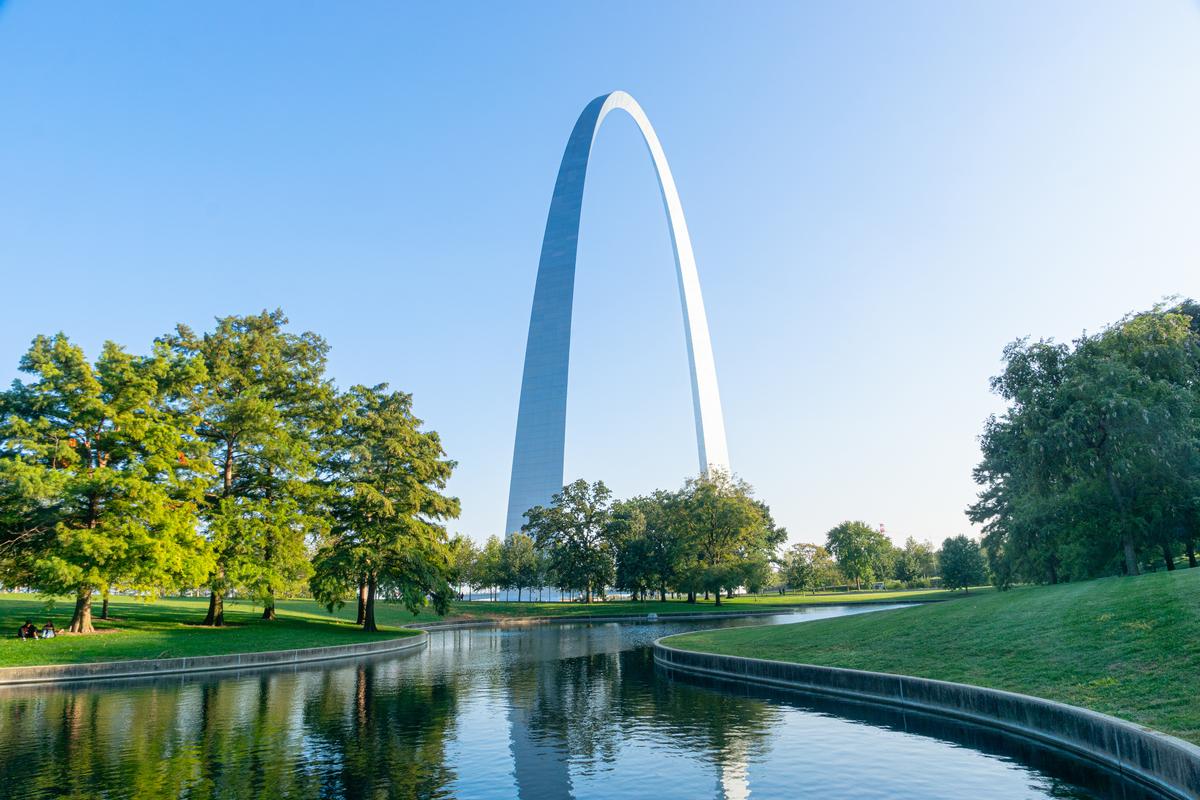
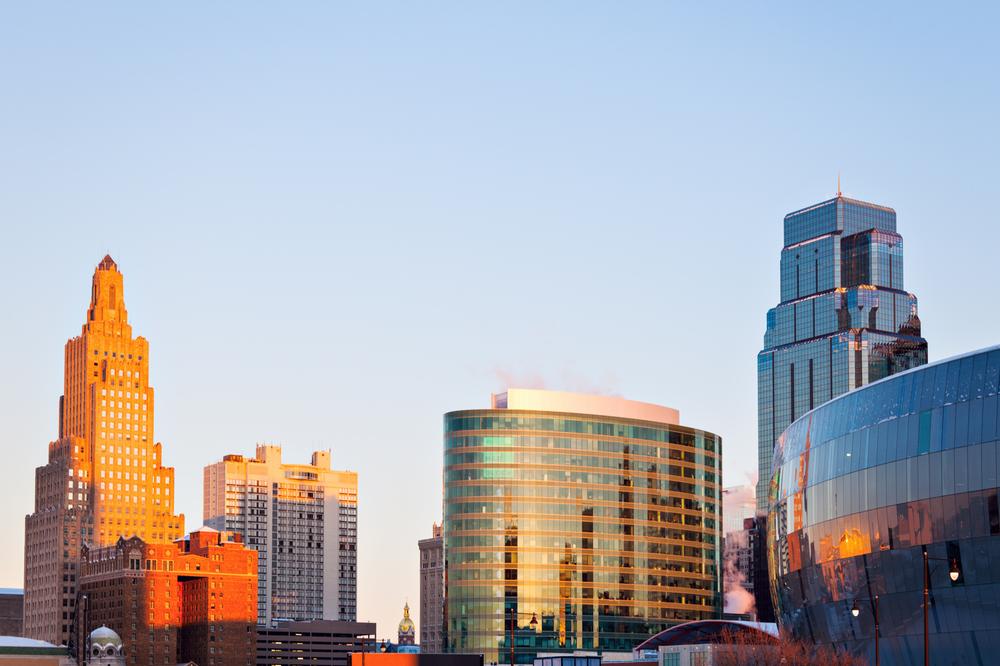
2. Kansas City
The city is captivating, with its wide, fountain-filled boulevards, elegant 1920s architecture, and neighborhoods alive with jazz and barbecue aromas. I think that the "City of Fountains" is one of the best places to visit in Missouri. Why? It felt like a place where history and creativity flowed together, from its art deco skyline to its bustling public markets and soulful music clubs.
We flew into Kansas City International Airport (MCI) and spent five comfortable days at The Ambassador Kansas City exploring the city. The Ambassador Kansas City won the 4-Diamond (AAA Diamond) award so you can trust that it's a quality place.
You can visit the world-class Nelson-Atkins Museum of Art, stroll through the Spanish-style courtyards, and soak in the sounds of live jazz at the legendary Green Lady Lounge. The Crossroads Arts District surprised me with its murals, galleries, and hip restaurants, while the historic City Market brimmed with fresh produce and global flavors.
The highlight of my visit was the Kauffman Center for the Performing Arts, an architectural masterpiece with sweeping glass walls and soaring curves that invite you to step inside and catch a performance by the Kansas City Symphony.
- Location: Western Missouri at the confluence of the Missouri and Kansas Rivers, along the Kansas border
- Map & Directions
What I Loved Best:
My highlights? Taking time in the Nelson-Atkins Museum’s sculpture garden was my personal highlight, then heading to Joe’s Kansas City Bar-B-Que for dinner. I ordered the Z-Man sandwich: brisket, onion rings, smoked provolone, all stacked on a soft kaiser bun. The meat was smoky and tender, the onion rings crackled when I bit in, and the sauce left a little warmth on my fingers. I ate at a patio table while the scent of hickory hung in the evening air.
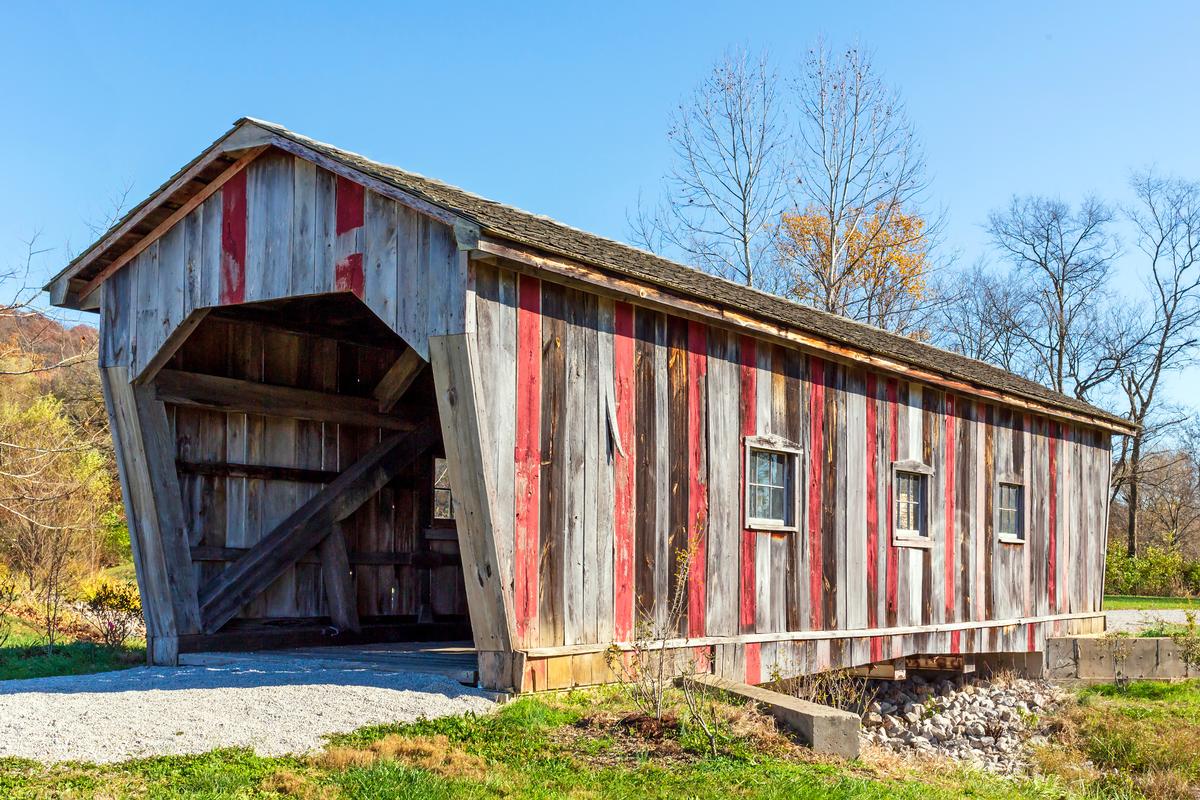
3. Defiance, Missouri
This feels like one of the most unspoiled wine-country stretches I’ve ever visited, and I think it’s one of the absolute best nature-and-winery getaways near St. Louis.
Just 40 minutes west of St. Louis, this small river valley town is surrounded by wooded bluffs, vineyards, and winding country roads that make it a beautiful weekend escape.
The town’s old-world atmosphere is enhanced by its proximity to the Daniel Boone Home, a preserved 19th-century homestead offering a fascinating glimpse into frontier life.
- Location: Eastern Missouri in the Missouri River Valley, southwest of St. Louis near the Katy Trail
- Map & Directions
What I Loved Best:
Of course, no trip to the "Gateway to Missouri Wine Country" would be complete without visiting its vineyards. The highlight of my stay was an afternoon at Defiance Ridge Vineyards, where I sipped locally made wines and listened to live music.
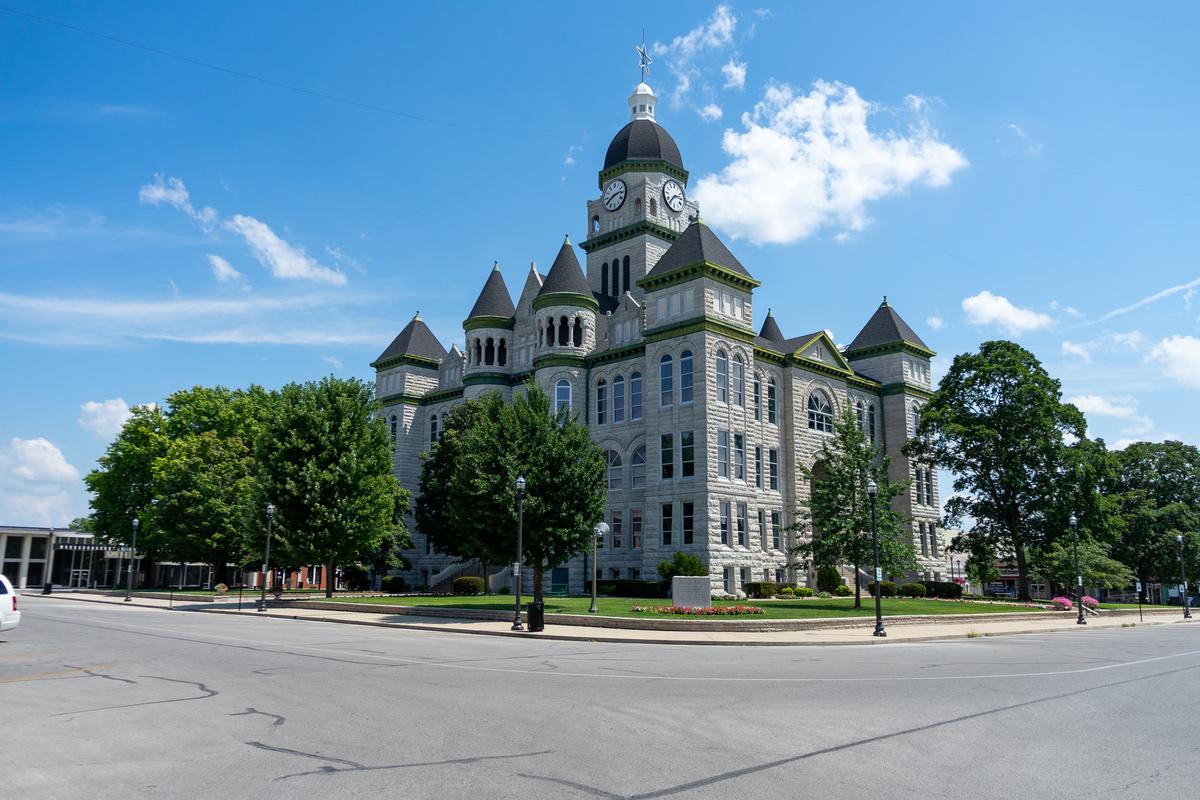
4. Carthage - 2 Hours 15 minutes from Kansas City, MO
Ready for a small-town getaway with character? Check out Carthage, a real standout! I thought this charming small town was absolutely beautiful, with its oak-shaded streets, Victorian homes, and a storybook courthouse square. Known as the “Maple Leaf City,” Carthage radiated small-town warmth and timeless Midwestern elegance.
After a short drive west from Springfield through rolling Ozark foothills and quiet farmland, I arrived in a place that felt rooted in history yet brimming with character—like stepping back into a golden era of courthouses, community fairs, and friendly storefronts.
During two nights at Carthage Inn , I toured the magnificent Jasper County Courthouse, strolled through leafy Central Park, admired Civil War murals at the old post office, and explored the quirky Precious Moments Chapel with its whimsical, heartfelt artwork. I also walk through the Carthage Square, a walkable historic district filled with antiques, cafés, and cheerful local shops.
- Location: Southwestern Missouri in the Ozark Plateau region, east of Joplin
- Map & Directions
What I loved best:
Browsing antique shops and Route 66 memorabilia stores downtown was my personal highlight.
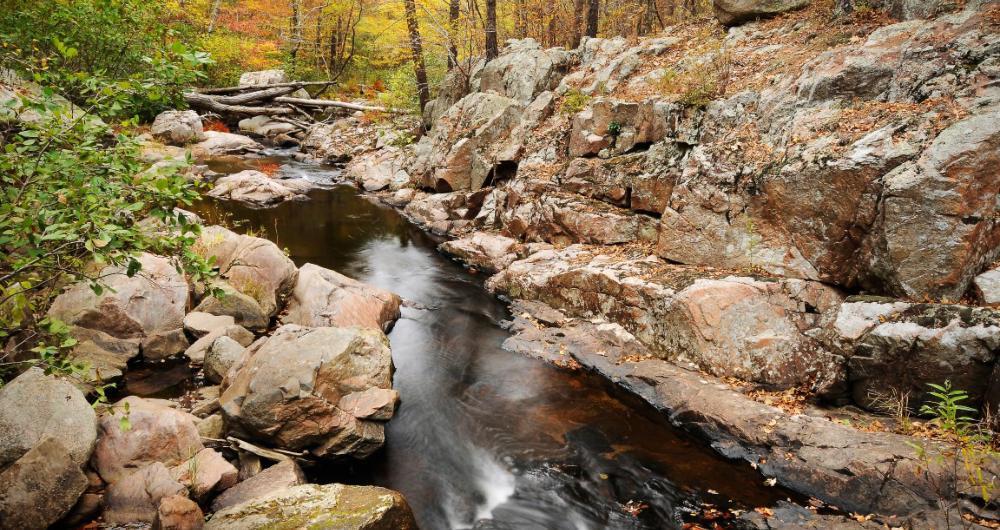
5. Ste. Genevieve - 1 hour from St. Louis
This was one of the best places to visit in Missouri when I was road tripping for four weeks in this state. Why? First off, it's full of French Colonial charm and old-world beauty. In addition, as Missouri’s oldest town, it felt like stepping back in time, cobblestone streets, 18th-century homes, and gardens that looked like they belonged in Europe.
Whether we were touring historic houses, sipping local wine, or just strolling downtown, Ste. Genevieve carried a sense of history that was both fascinating and romantic and we absolutely loved it here!
After a short drive south from St. Louis, I based myself for seven days at Audubon's. From there, I wandered through the Ste. Genevieve National Historical Park, toured 18th-century homes like the Bolduc and Amoureux Houses, and enjoyed the Chateau Sainte Genevieve Winery (there are a few others you can choose from).
- Location: Eastern Missouri along the Mississippi River, south of St. Louis near the Illinois border
- Map & Directions
What I loved best:
Touring the Bolduc House Museum, a perfectly preserved 18th-century French colonial home was a highligh.
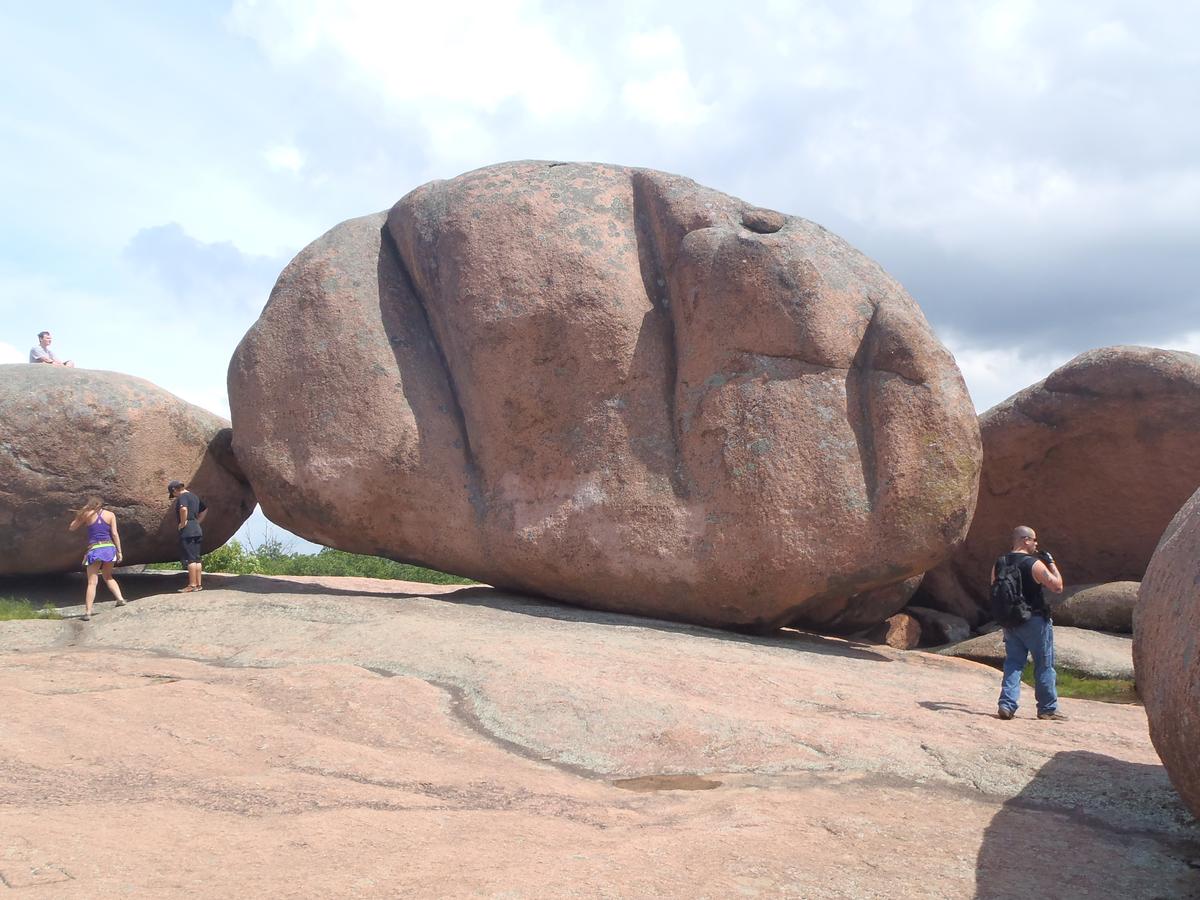
6. Elephant Rocks State Park - 1 hour 30 minutes from St. Louis
We thought this park was one of the most unique and playful outdoor spots we’ve explored. The massive granite boulders, some as big as houses, looked like a line of circus elephants parading through the forest.
- Location: Southeastern Missouri in the Saint Francois Mountains, near Graniteville about 1 hour 30 minutes from St. Louis
- Map & Directions
- Elephant Rocks State Park website
What I Loved Best:
Finding new views around every corner made the whole place feel like nature’s playground. For me, it was equal parts awe-inspiring and fun.
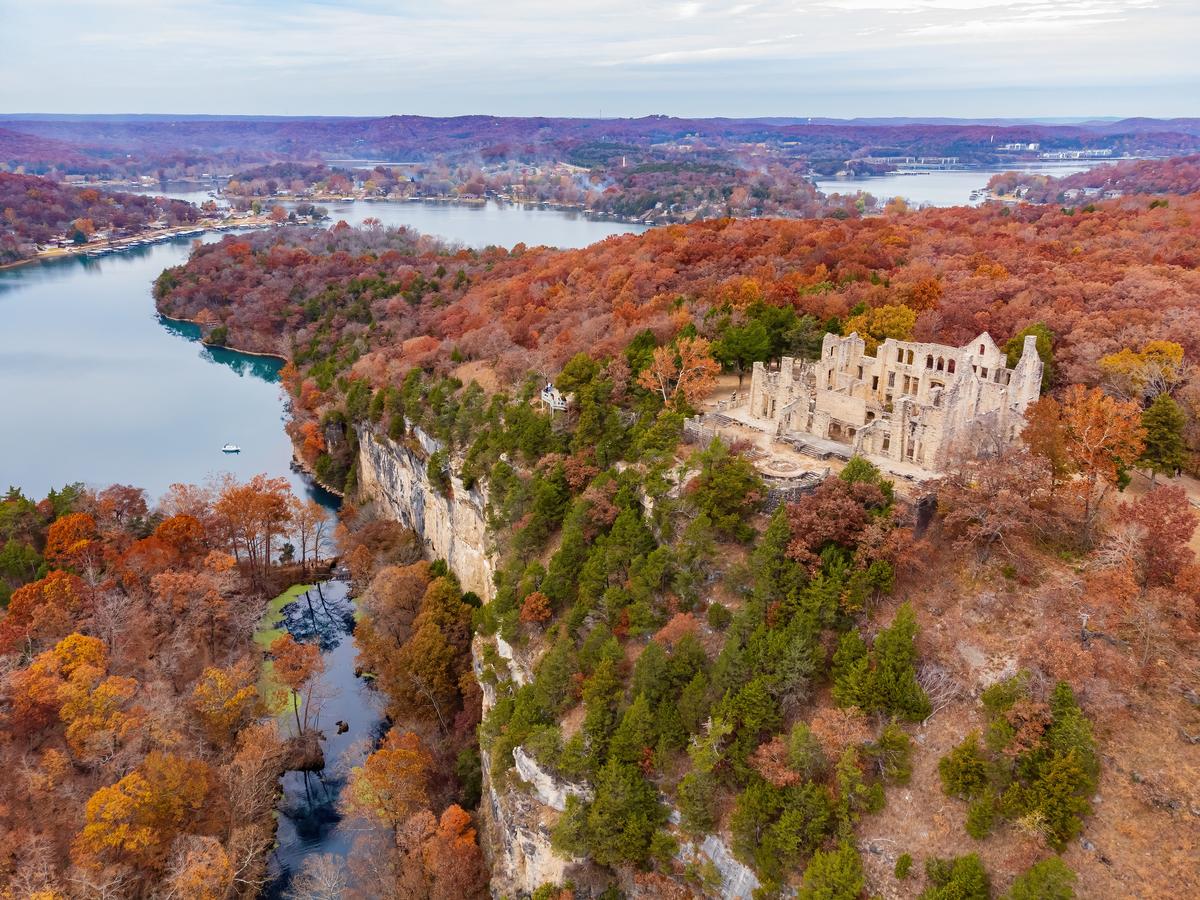
7. Ha Ha Tonka State Park - 2 hour 45 minutes from St. Louis
This park was one of the most breathtaking and surprising places we’ve explored in Missouri. With its dramatic castle ruins perched high above the Lake of the Ozarks, it felt like stepping into a storybook setting. Add in natural bridges, caves, sinkholes, and miles of scenic trails, and the park offered a mix of history, mystery, and outdoor adventure all in one unforgettable spot.
Located near Camdenton where we based ourselves at the 3-star Old Kinderhook Resort, Golf Club for two nights, the park was easy to reach and felt like a whole different world once we started exploring.
- Location: Central Missouri on the Lake of the Ozarks, near the town of Camdenton
- Map & Directions
- Ha Ha Tonka State Park website
What I Loved Best:
We loved how the trails led us from the towering stone castle remains to quiet boardwalks by the spring below, my personal highlight.
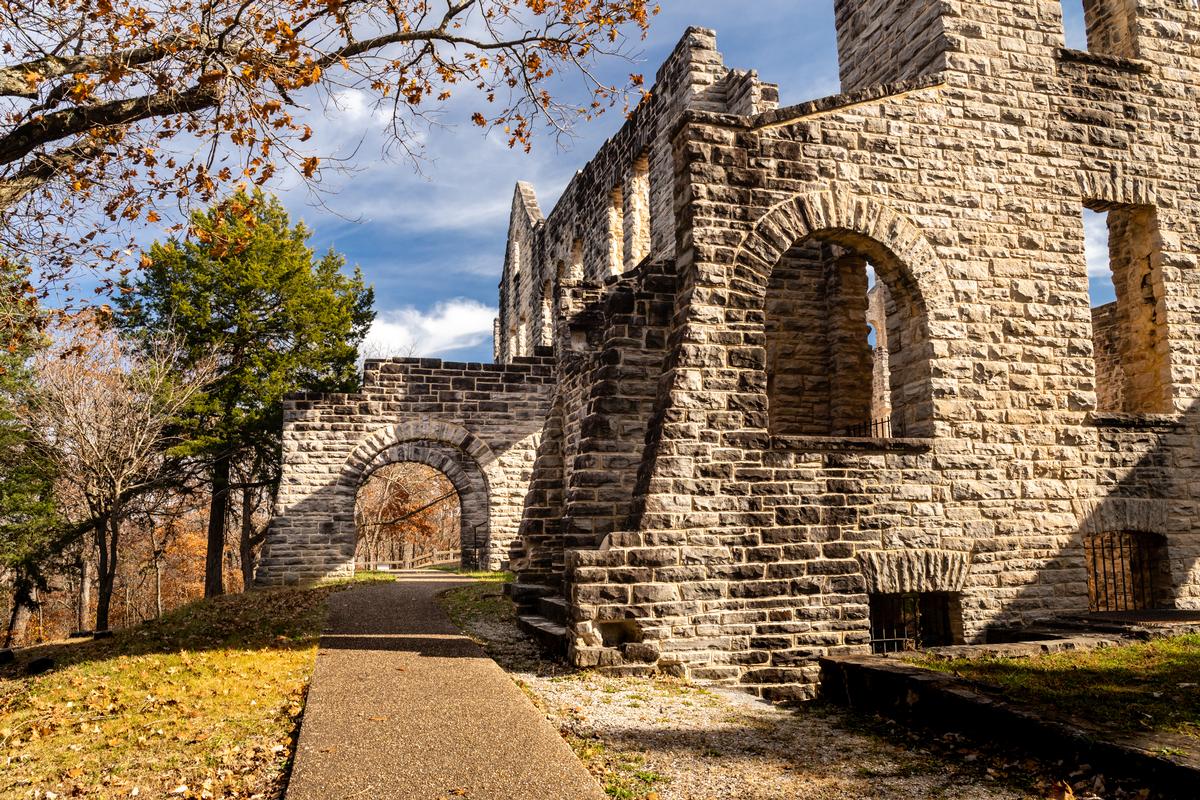
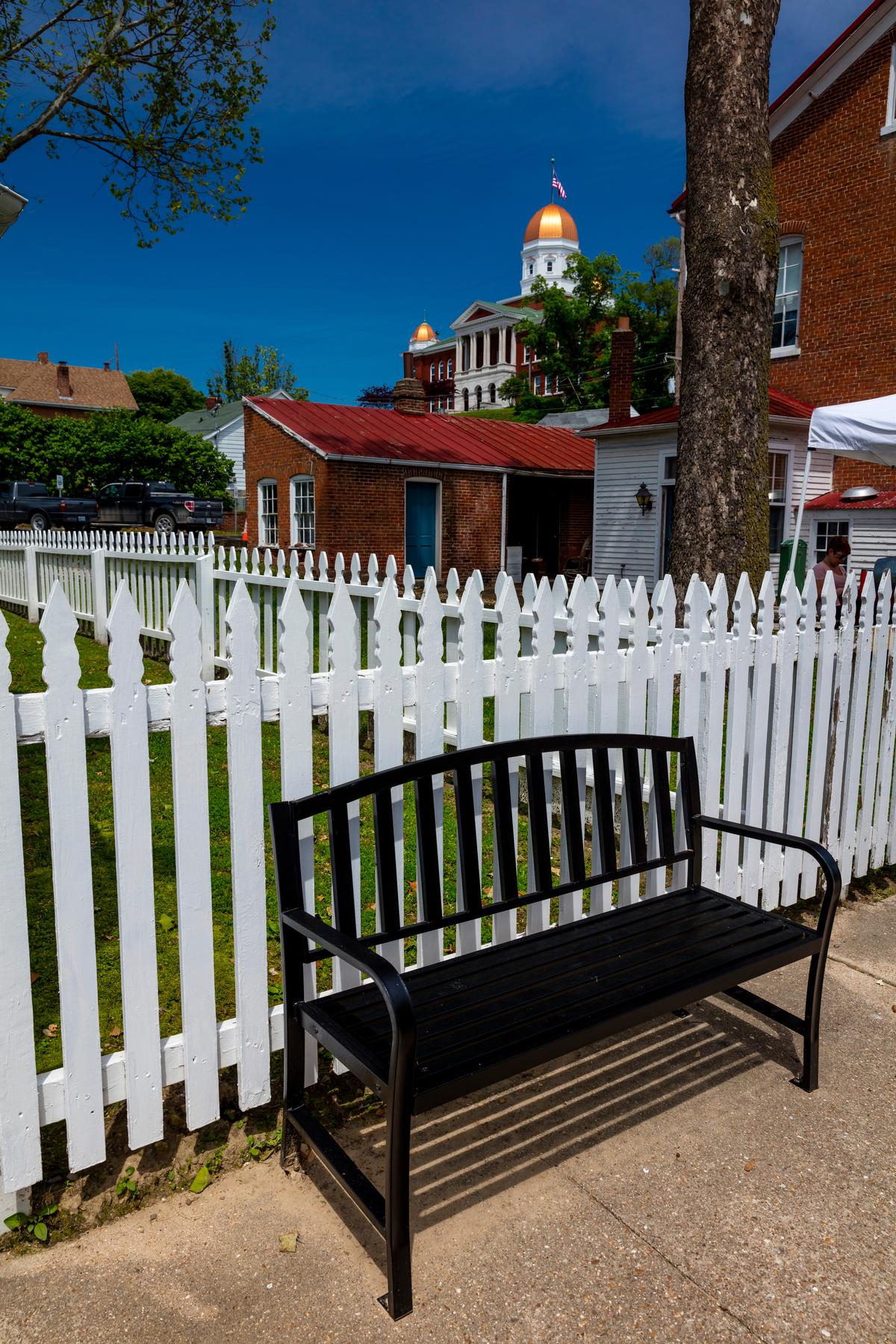
8. Hermannk - 1 hour 30 minutes from St. Louis
Ready for a countryside escape? Check out Hermann, a real standout! This picturesque town was absolutely lovely, tucked along the Missouri River with its red-brick streets, half-timbered German architecture, and rolling vineyard hillsides that looked straight out of the Rhine Valley. Known as the “heart of Missouri wine country,” Hermann carried an Old-World elegance wrapped in small-town warmth.
After a scenic 90-minute drive west of St. Louis through forested hills and river bluffs, I arrived in a place that felt both European and deeply American—where German heritage infused every street corner, and time seemed to slow with the rhythm of wine poured into crystal glasses. For me, Hermann is one of the best places to visit in Missouri.
During two nights at the romantic Hermann Hill Vineyard Inn, I toured historic Stone Hill Winery’s vast underground cellars, strolled the leafy streets lined with boutiques and bakeries, admired the craftsmanship at the Deutschheim State Historic Site, and rode bikes along the Katy Trail, where river vistas and wildflowers unfolded at every turn.
- Location: East-central Missouri in the Missouri River Valley, west of St. Louis in the state’s wine country
- Map & Directions
What I Loved Best:
In the evenings, the glow of twinkling lights downtown made Hermann feel cozy, convivial, and timeless, my personal highlight.
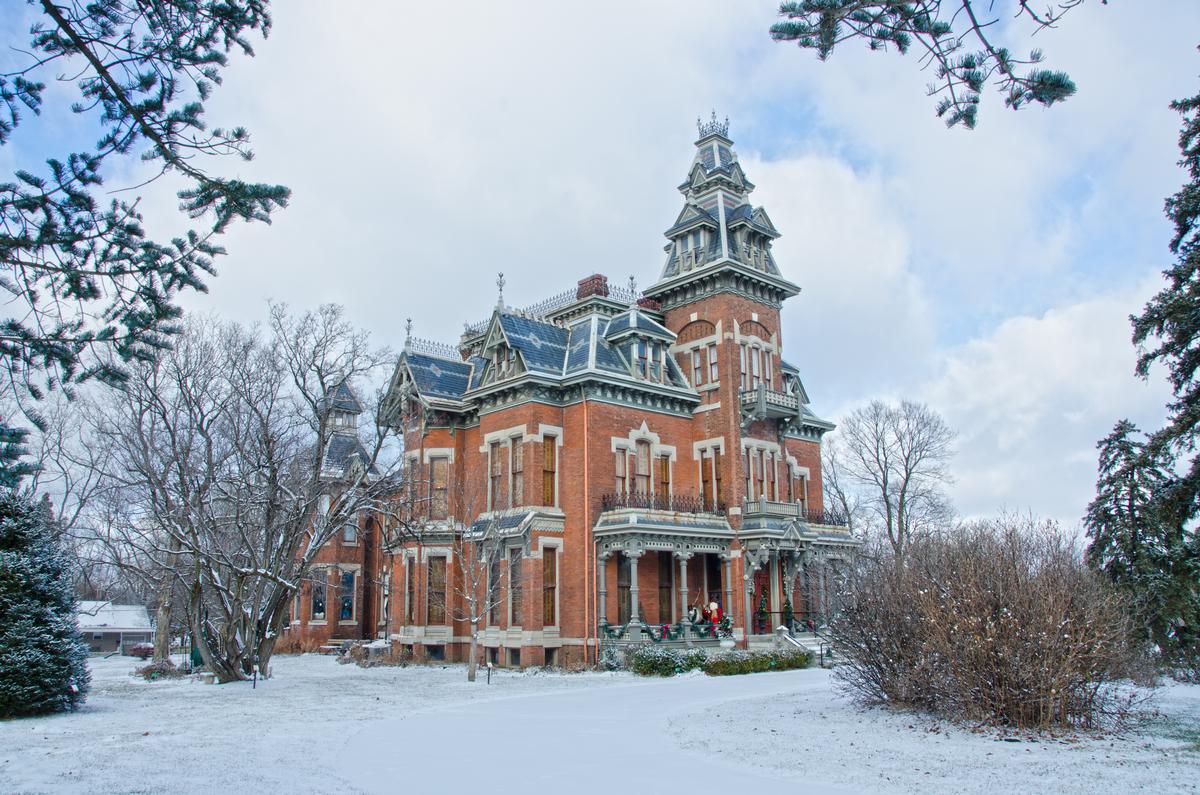
9. Independence - 3 hour 40 minutes from St. Louis
This is one of my favorite places to visit because it blends nature with deep American history, all while being incredibly easy to reach from Kansas City.
When I visited this historic city on the edge of Kansas City this month, I loved seeing its leafy avenues, stately 19th-century homes, and a proud heritage as the “Queen City of the Trails.” From its presidential landmarks to its pioneer history, Independence radiated a sense of timeless Americana and warm Midwestern hospitality.
After a short 20-minute drive east from downtown Kansas City, I arrived in a place that felt like a living museum—where the legacy of westward expansion, Civil War echoes, and Harry S. Truman’s life all intertwined in graceful neighborhoods and welcoming town squares.
During two nights at the charming Silver Heart Inn Bed & Breakfast, I toured the Truman Presidential Library and Museum, visited the humble Truman Home preserved with mid-century simplicity, and strolled the historic Independence Square with its courthouse and antique shops.
- Location: Western Missouri in the Kansas City metropolitan area, east of downtown Kansas City
- Map & Directions
What I Loved Best:
Learning about wagon-train journeys at the National Frontier Trails Museum. Each stop deepened my sense of connection to the pioneers and presidents who once walked these streets.

10. Jefferson City - 2 hours from St. Louis
Ready for a history-rich escape in the heart of Missouri? I thought this riverside capital was absolutely striking, perched high above the Missouri River with its gleaming white dome rising proudly from the bluffs. With tree-lined avenues, graceful government buildings, and a walkable historic downtown, Jefferson City blended the dignity of a state capital with the warmth of a small Midwestern town.
After a scenic 90-minute drive west from St. Louis along the Missouri River, I arrived in a city that felt both stately and welcoming—where history, politics, and local culture all intertwined beneath the shadow of the Capitol dome.
During two nights at Courtyard by Marriott Jefferson City, I toured the grand Missouri State Capitol with its sweeping murals by Thomas Hart Benton, wandered the peaceful gardens of the Governor’s Mansion, and explored the hauntingly fascinating Missouri State Penitentiary, where echoes of history lingered in its stone corridors.
- Location: Central Missouri along the Missouri River, south of Columbia
- Map & Directions
What I Loved Best:
Strolling the downtown streets, alive with boutique shops, cafés, and historic buildings that gave the city an inviting sense of character.

11. Springfield - 2 Hours 45 minutes from Kansas City, MO
This city, surrounded by gentle rolling hills, is one of my favorite places to visit when I want a mix of nature, local food, and a touch of nostalgia.
After an easy 45-minute drive north from Branson, I arrived in a place that was both unhurried and full of surprises—where Route 66 nostalgia mingled with craft breweries, college-town energy, and a thriving local arts scene.
During two nights at the at the 2-star Bass Pro Shops Angler's Lodge, I explored the Discovery Center’s hands-on exhibits, browsed the boutiques and murals of downtown, strolled through the serene Mizumoto Japanese Stroll Garden, and toured the fascinating Wonders of Wildlife National Museum & Aquarium—an immersive celebration of nature that left me in awe. Wilson’s Creek National Battlefield is another highlight for history buffs that completely won me over.
- Location: Southwestern Missouri in the Ozark Plateau, north of Branson and southeast of Joplin
- Map & Directions
What I loved best:
Touring Fantastic Caverns, the only ride-through cave in North America was magical and my personal highlight.

12. Joplin - 4 hours 15 minutes from St. Louis
Ready for a laid-back getaway with surprising natural beauty? This resilient city in the southwestern corner of Missouri was absolutely intriguing, with its mix of historic brick facades, Route 66 nostalgia, and a creative spirit that continues to reinvent itself.
After a short drive west from Carthage along the Mother Road, I arrived in a place that felt both storied and forward-looking—where mining history, tornado resilience, and small-city creativity came together in a uniquely American way.
During two nights at the elegant Raines Hotel downtown, I admired the bold public art murals that tell the city’s story, visited the George A. Spiva Center for the Arts for two hours, and explored the fascinating Joplin Museum Complex with its mining exhibits and Bonnie & Clyde connections.
- Location: Southwestern Missouri near the Kansas and Oklahoma borders, in the Four State Area
- Map & Directions
What I Loved Best:
Strolling along Route 66’s historic stretches was my personal highlight, stopping for retro diners and neon signs that evoked the golden age of travel.
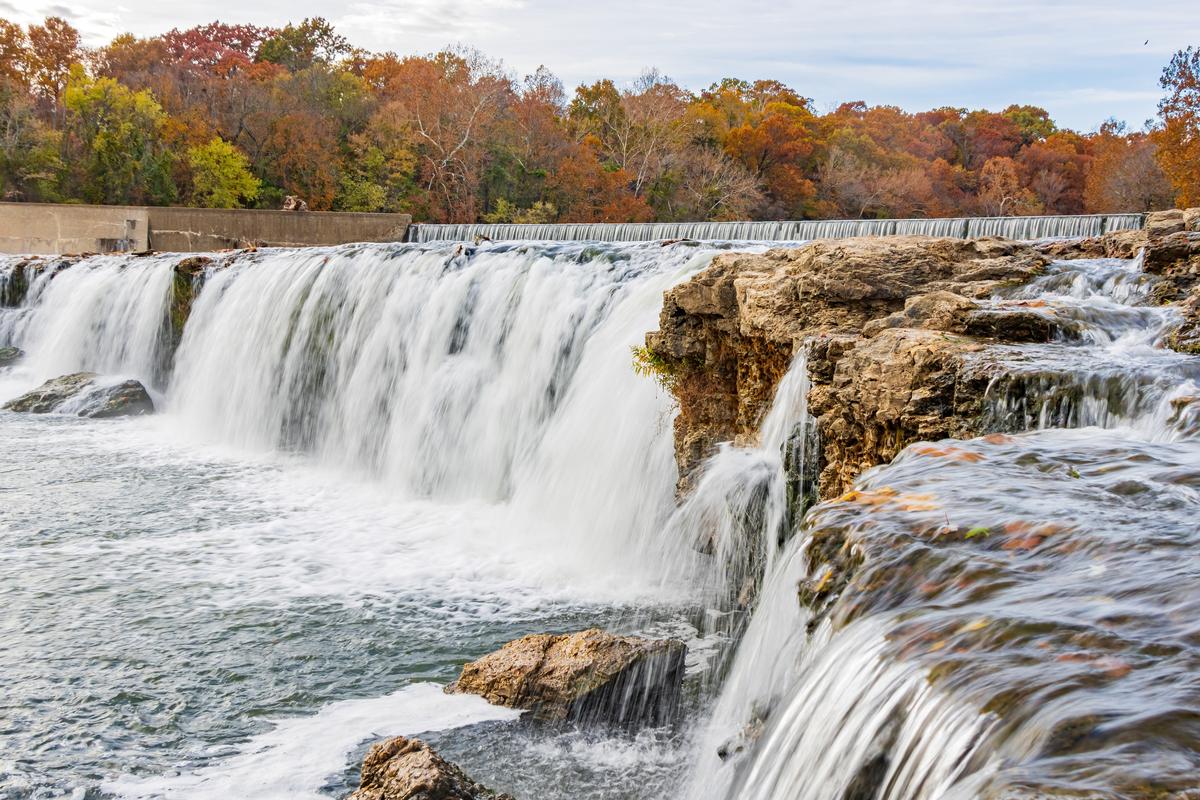
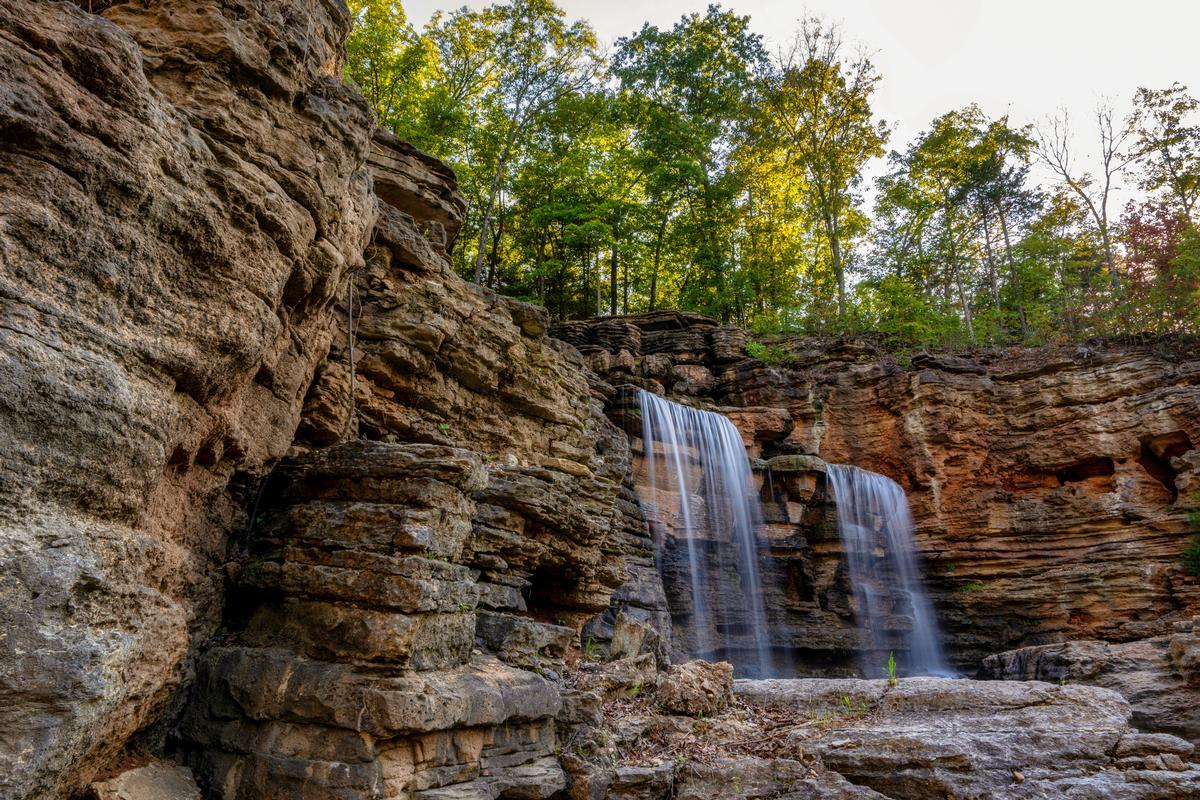
13. Branson - 3 Hours 15 minutes from Kansas City, MO
I thought this lively Ozark town was absolutely enchanting, and is one of my favorite spots when I want a blend of nature, nostalgia, and pure fun! Broadway-style theaters, rustic mountain lodges, and tree-shaded streets gave it a warm and inviting feel, while the surrounding natural beauty made every moment outdoors breathtaking.
After a scenic 3.5-hour drive southwest from St. Louis through winding Ozark backroads, I arrived in a place that felt equal parts nostalgic and energetic—where old-fashioned Americana, country music, and lakefront leisure all came together in perfect harmony.
During two nights at the cozy and romantic 4-star Chateau on the Lake Resort Spa, I cruised across Table Rock Lake at sunset, toured the fascinating Titanic Museum, strolled the charming shops of Branson Landing along the waterfront, and took in a rousing show at the historic Dick Clark’s American Bandstand Theater. The town buzzed with music, laughter, and a welcoming spirit that made me feel right at home.
- Location: Southwestern Missouri in the Ozark Mountains, south of Springfield near the Arkansas border
- Map & Directions
What I loved best:
Watching the sunset over Table Rock Lake in the fall was my personal highlight.
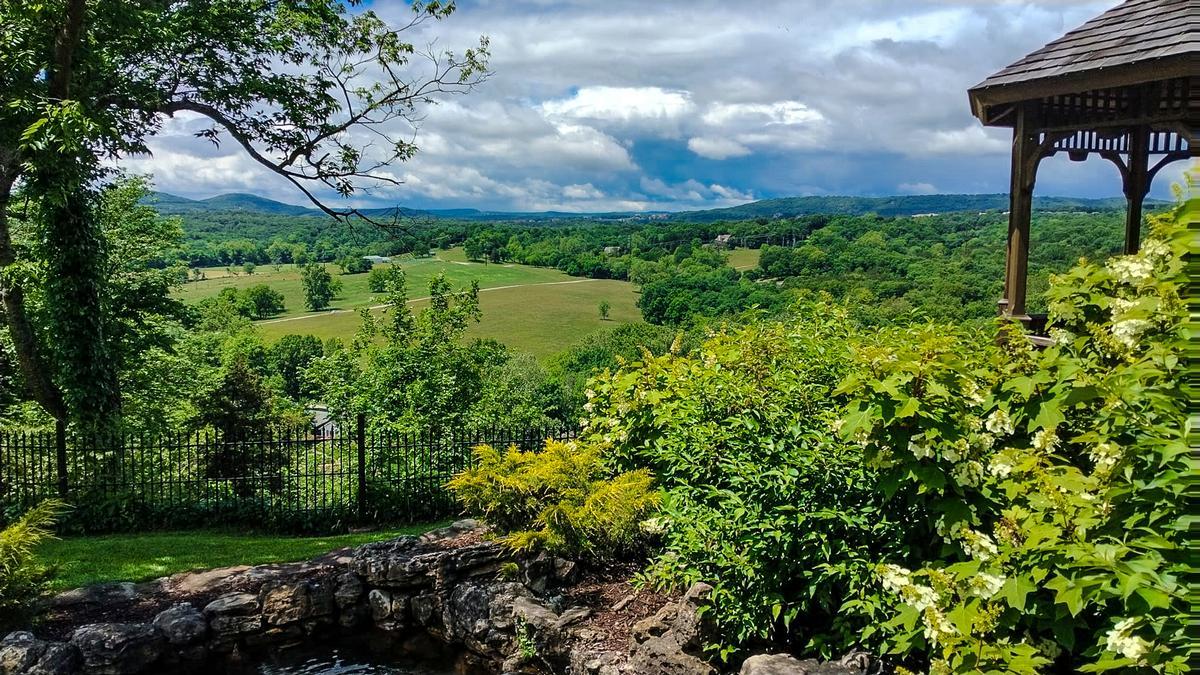

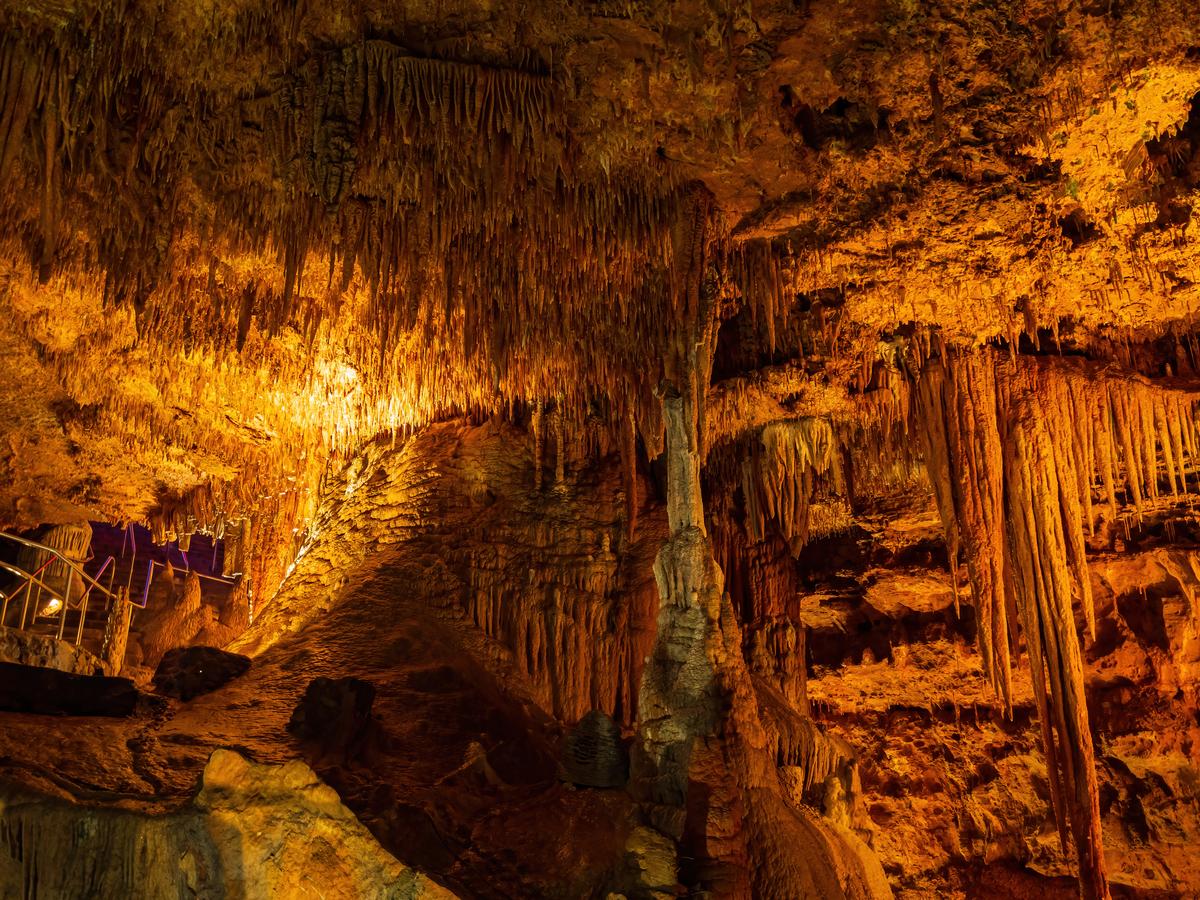
14. Meramec Caverns
Known as Missouri’s most famous cave, this place felt like stepping into a secret, glowing world where nature’s artistry had been at work for millions of years.
Meramec Caverns is an underground wonder that was absolutely mesmerizing, with its cathedral-like chambers, glittering mineral formations, and hidden passageways that seemed to stretch endlessly beneath the rolling hills of the Ozarks.
After an easy hour’s drive southwest of St. Louis along old Route 66, I arrived at the cavern entrance nestled by the Meramec River, where towering limestone bluffs and leafy forests framed the landscape. The cool air drifting from the cave mouth instantly set the tone for an unforgettable journey below ground.
During my guided tour of Meramec Caverns, I wandered through vast chambers like the Wine Table Room, with its rare, delicate formations; the Stage Curtain, rippling like frozen fabric; and the enormous Ballroom, once used for underground concerts and dances.
- Location: Eastern Missouri in the Ozark foothills, near Stanton along the Meramec River
- Map & Directions
What I Loved Best:
The guide shared stories of the cave’s use as a hideout for Jesse James and a stop along the Underground Railroad, adding layers of history to the natural spectacle.
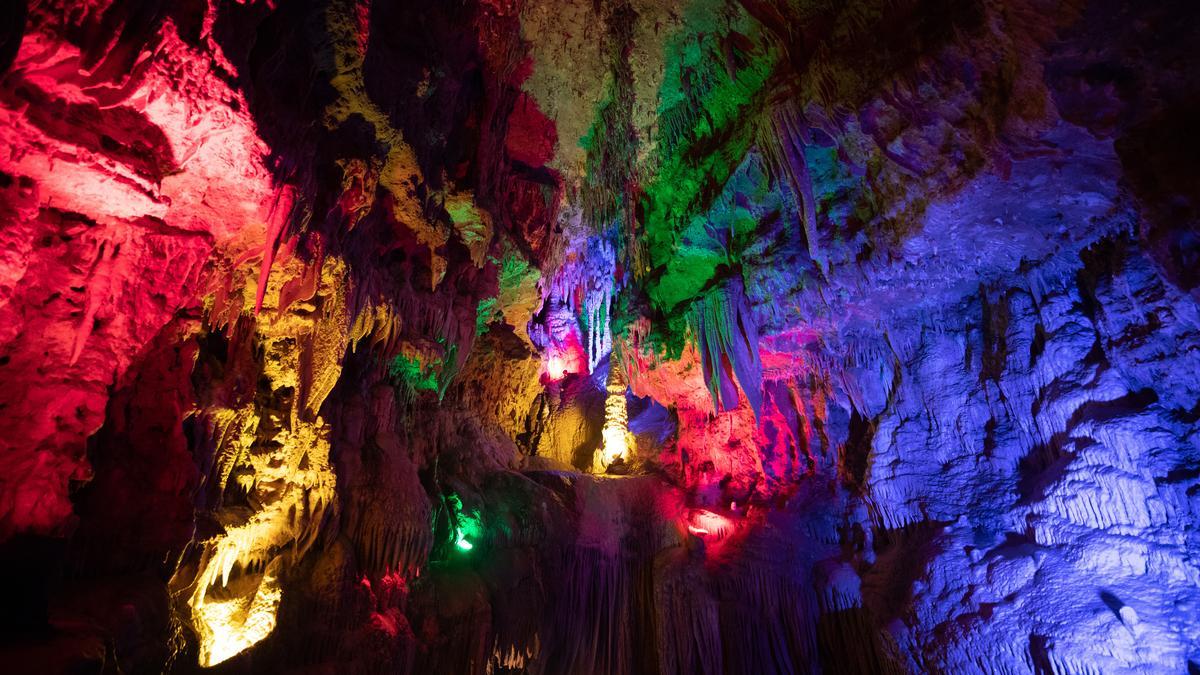
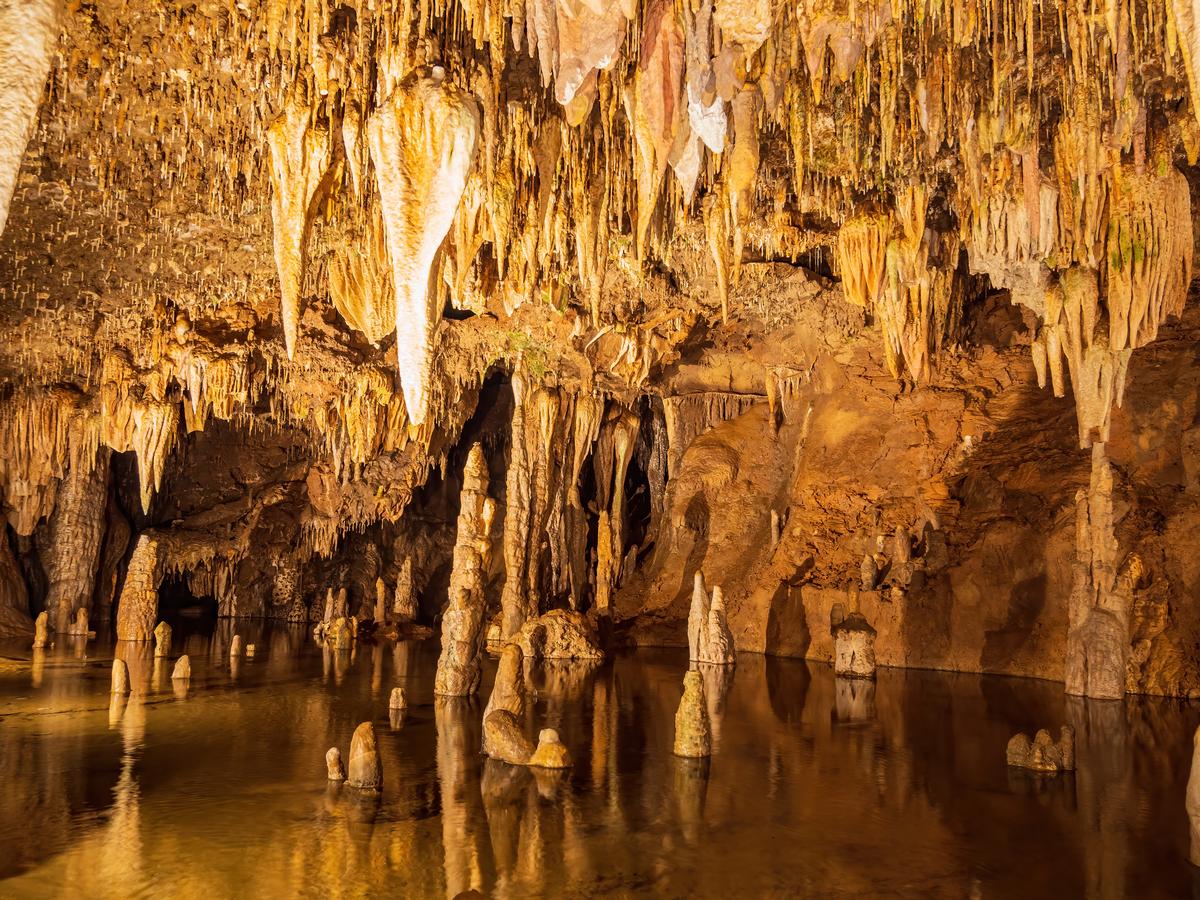
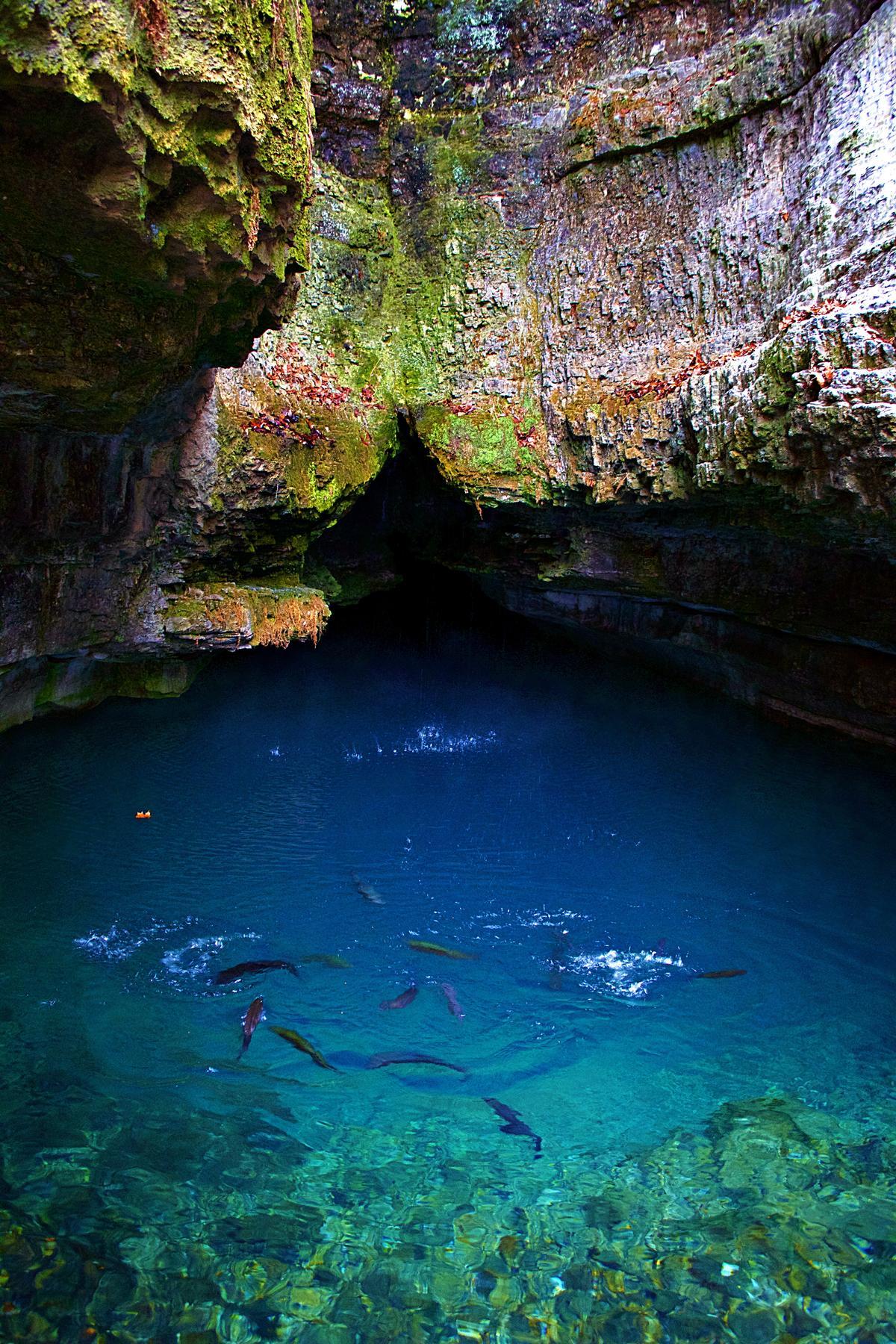
15. Roaring River State Park
This one of the most enchanting places I've even been to in the USA, with its rushing spring-fed river, dramatic limestone bluffs, and forests that seemed to whisper with every breeze. Tucked deep into a narrow valley, Roaring River State Park felt like a secret hideaway where natural beauty and peaceful solitude took center stage.
After a winding one-hour drive southwest from Branson through wooded hills and quiet country roads, I arrived in a place that felt truly timeless—where anglers, hikers, and families have gathered for generations to enjoy the cool waters and shaded trails of Missouri’s outdoors.
During two nights in one of the rustic cabins near the river, I fished for rainbow trout in the crystal-clear spring branch, hiked the Fire Tower Trail for sweeping views of the Ozark hills, and explored caves and karst formations tucked along the ridges.
- Location: Southwestern Missouri in the Ozark Mountains, near Cassville close to the Arkansas border
- Map & Directions
What I Loved Best:
In the evenings, the sound of the river rushing past created a lullaby that made the park feel both wild and restorative.
For me, Roaring River State Park is one of the best places to visit in Missouri because it's peaceful, affordable, and hope you will love it too!

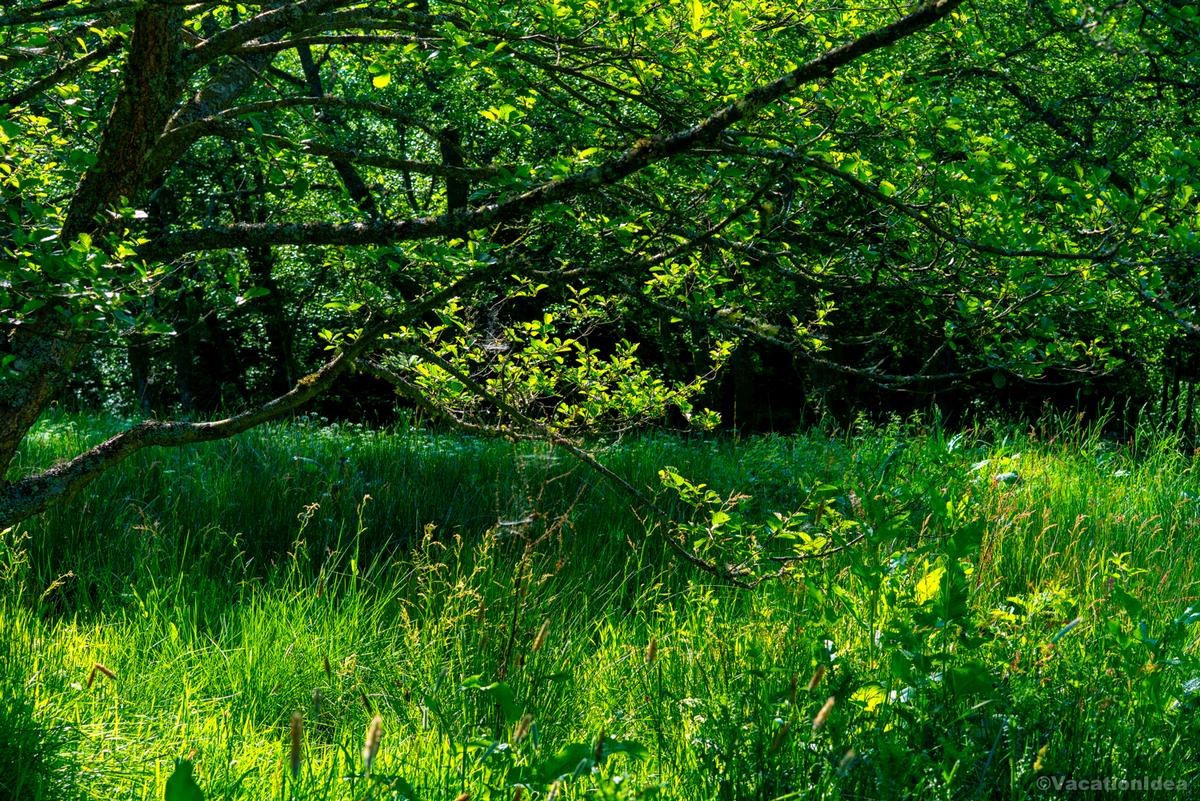
Booking Checklist
1. Book Your Flight - I use Expedia because I like their mobile app with my itinerary. They've helped me re-book flights on many occasions. Once you reach their Gold tier, support is especially good.
2. Book Your Hotel - I use Booking.com or Expedia, depending on my destination.
3. Book Your Rental Car - I use Expedia.
4. Book your tours on Viator or Get Your Guide.
5. If you are planning to visit more than three national parks in the next 12 months, buy the America the Beautiful Pass.
